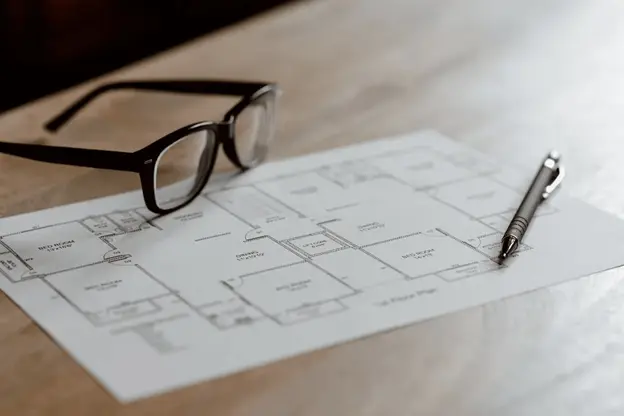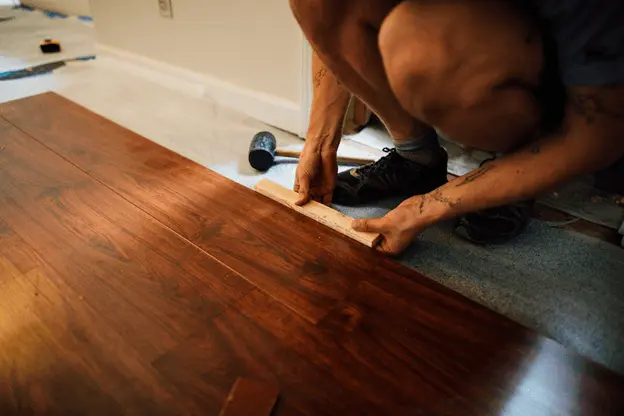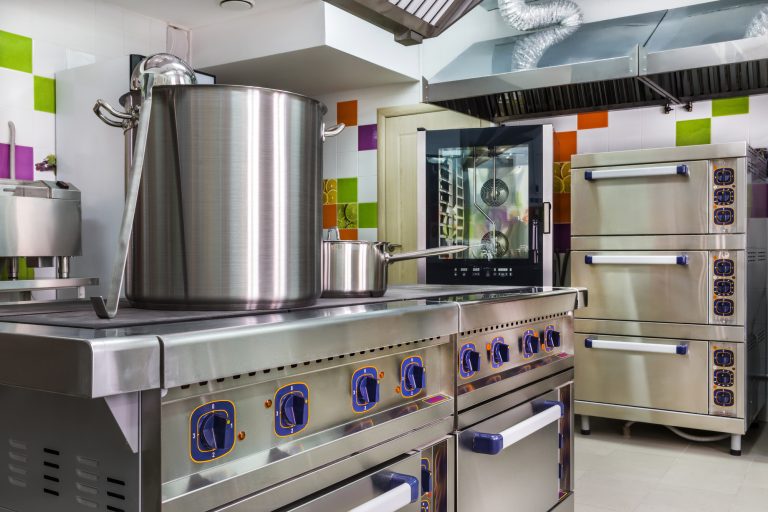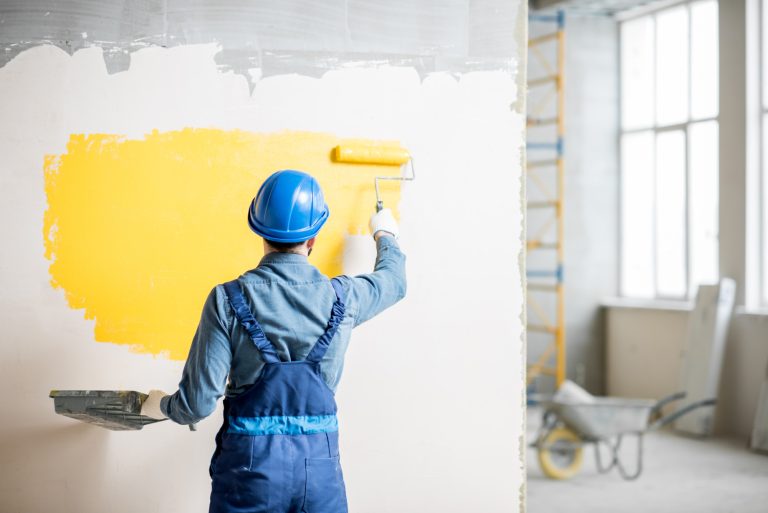How to Make Your Vision a Reality: Planning Your Custom Home Improvement
Are you tired of coming home to a house that doesn’t feel like your own? Maybe it’s time for a custom home improvement. Whether it’s updating your outdated kitchen or adding an extra bedroom, planning and executing a renovation can be daunting. But fear not!
With the right mindset, preparation, and team in place, you can turn your vision into reality. In this article, we’ll guide you through the essential steps on how to plan and execute a custom home improvement project that will transform your house into the home of your dreams!
1. Define Your Goals and Budget
Consider the long-term impact of the renovation project. Will it increase the value of your property? Will it enhance your lifestyle or simply add aesthetic appeal? Once you’ve established a clear picture of what you want to achieve, move on to set a budget that aligns with those goals. Be sure to include all costs associated with the renovation process, including materials, labor fees, permits, insurance coverage for workers, and equipment. It’s important not to underestimate the total cost of renovations as this can lead to unexpected expenses down the line. If necessary, prioritize which projects are most crucial and allocate more funds toward them while cutting back on less critical items.
2. Find a Reliable Contractor
The right contractor can make the process seamless and stress-free, while the wrong one can cause headaches and delays. So how do you find a trustworthy contractor? Whether you are looking for a window replacement service in Norfolk or a roofing expert in Richmond, make sure to do your research and know who you are hiring to help you. You can start by asking friends, family, or colleagues who have recently completed similar projects for recommendations. You can also search online for reputable contractors in your area. Once you have some potential contractors in mind, do your research to ensure they are licensed and insured.
Check their reviews on platforms like Yelp or Houzz to get an idea of their previous work and customer satisfaction. When you’ve narrowed down your list, schedule consultations with each contractor to discuss your project’s scope, timeline, and budget. Pay attention to their communication skills and responsiveness during this process as it may indicate how they will handle the project itself.
3. Research and Gather Inspiration or Consult with Your Contractor
There are a lot of resources available, such as Pinterest or home improvement magazines. You can also visit model homes or attend open houses to see different styles and designs. Another option is consulting with your contractor.
They have experience working on similar projects and can offer valuable insights into what works best for your space. For instance, hiring the right painting contractor might help you consider a color that you overlooked, due to the lack of experience and the “eye” for such things.
They may even have suggestions that you disregarded but reinforced with a professional approach or advice. When gathering inspiration, keep in mind the overall style and aesthetic you’re going for. Take note of colors, materials, and finishes that catch your eye. This will help create a cohesive look throughout your project.
4. Create a Detailed Plan and Design
This stage requires attention to detail, creativity, and collaboration between you and your contractor. Start by discussing your ideas with the contractor and working together to develop a blueprint for the project. The plan should include specific details such as dimensions, materials, finishes, colors, and timelines. It’s important to consider every aspect of the project during this phase.
From electrical and plumbing systems to zoning regulations and permits required by local authorities- all these factors must be taken into account before starting any work. Your contractor should guide you through this process while ensuring that the final design meets both your expectations and budget limitations. They can also help you find cost-effective alternatives if some elements are too expensive or impractical.
5. Choose Adequate Materials and Finishes
When selecting materials for your project, consider factors such as durability, maintenance requirements, and cost-effectiveness. For instance, if you’re looking to renovate your kitchen countertops or backsplash area, choose materials that are easy to clean and maintain like granite or quartz. Another essential factor to consider when choosing finishes is aesthetics. Determine the style you want to achieve in your space by researching design trends and consulting with experts in the field.
It’s also important to pick high-quality materials that will stand the test of time. Investing in durable flooring options like hardwood or ceramic tiles may be pricier initially but could save you money on repairs down the line. Finally, don’t forget about eco-friendliness! Consider using sustainable products made from recycled or renewable resources for an environmentally conscious renovation project.
6. Monitor Progress and Make Adjustments when Necessary
As you monitor progress, be sure to make adjustments as necessary. Sometimes unforeseen circumstances arise or changes need to be made to the original plan. Having open communication with your contractor will allow for flexibility in making these necessary tweaks while still staying true to the overall vision. It’s important not only to keep track of physical progress but also financial progress.
Be sure you’re aware of all costs associated with the project and stay updated on any changes or unexpected expenses that may arise. If any issues do come up during construction, address them promptly and don’t let them linger. Waiting too long could lead to more significant problems later on, so try to resolve any concerns as soon as possible.
7. Streamline Smaller Obligations to House Members
When planning a custom home improvement project, it’s easy to get caught up in the big picture and forget about the smaller obligations that come with living in a construction zone. These obligations can include things like cleaning up after yourself, making sure pets are out of harm’s way, and keeping children away from dangerous tools.
One way to streamline these smaller obligations is by assigning specific tasks to each member of your household. For example, you could designate one person to be responsible for cleaning up any debris left behind by construction workers, while another person is tasked with ensuring that all doors and windows are securely locked at night.
Another helpful tip is to establish clear communication channels between you and your contractor. Make sure everyone involved knows what their responsibilities are and when they need to be fulfilled. This will help prevent misunderstandings or missed deadlines that could cause delays or other issues down the line.
Turning your vision into a reality can be an exciting and rewarding experience. However, it requires careful planning, research, and patience. By defining your goals and budget, finding a reliable contractor, creating a detailed plan and design, choosing adequate materials and finishes, monitoring progress and making adjustments when necessary, and streamlining smaller obligations to house members – you can ensure that the process of custom home improvement is smooth sailing.
Remember that every step in this process matters – from brainstorming ideas to finalizing the last finishing touches. With clear communication both with yourself (and family!) as well as with your contractor throughout the entire journey of custom home improvement – you’ll have greater peace of mind knowing that all parties involved are on board with the same vision. So take these tips to heart when planning your next project or renovation.







